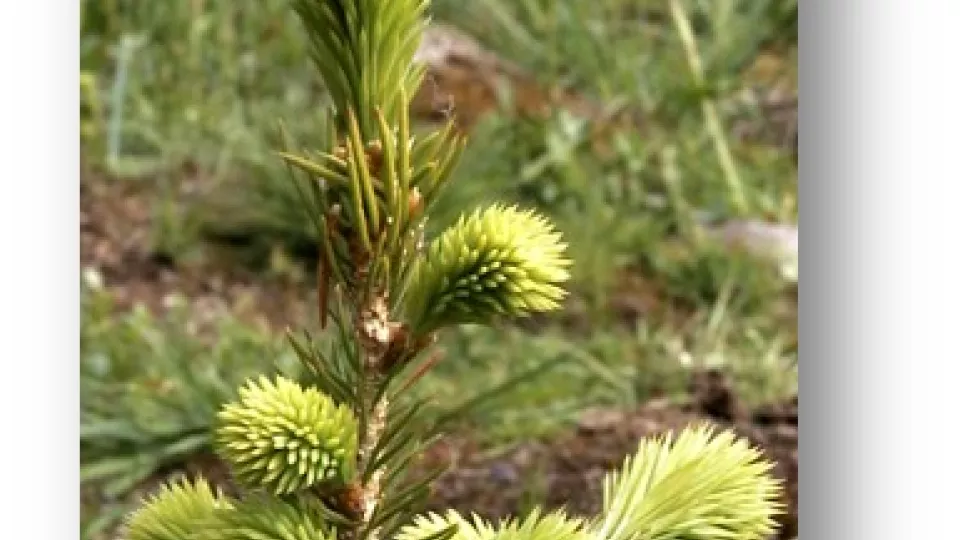The overarching goal for the symposium was to strengthen links between academic research on phenological shifts and stakeholders of this research. Another goal for the symposium was to strengthen links between the Swedish Phenology Network and collaborating partners.
The symposium contained 8 oral presentations and 3 posters. The talks included one longer overview about how stakeholders are using or may benefit from phenological observations (by Ola Langvall, SLU and Henrik Josefsson, Länsstyrelsen Örebro Län) and a keynote speech about wine-growing in a changing climate (by Kim Nicholas, BECC/Lund University). Six shorter talks showcased phenology research of broader societal interest, including applications in conservation, tourism, agriculture and forestry. Several talks also discussed citizen science as a way for the general public to participate in phenology research.
The symposium further contained one interactive part in the form of a speed-dating session. In this activity participants were randomly assigned to four different meeting points treating different topics. Each participant visited each meeting point, but in different order so that the groups were always mixed. The specific topics were i) research projects and funding, ii) need for data and indicators, iii) data collection and quality and iv) science-stakeholder interactions. Among other things, the discussions involved trade-offs between quality and quantity in data collection and how to best harness the power of tech such as drones and remote sensing. Participants further shared ideas and inspiration for grant applications involving stakeholders such as improved pollen prognoses using phenology data, use of phenology predictions in tourism projects and pest control in agriculture.
The symposium was attended by 25 participants (36 had registered but many were unable to come due to a snow-storm the day before the event. At the meeting, six stakeholder organisations were represented: Astma-Allergiförbundet, Länstyrelsen i Örebro och Södermanlands län, Svenska Botaniska Föreningen, Naturum and Gryshko National Botanical Garden, Ukraine. The academics represented around ten different universities or research institutes.
We received positive feedback from many participants regarding the symposium. Research on phenological responses to climate change takes place at many research institutions and is of relevance for many stakeholder organisations. The Swedish Phenology Network and BECC can support this research by facilitating meetings and by networking. We are thus inspired to continue arranging meetings regarding phenological shifts at the national level.


